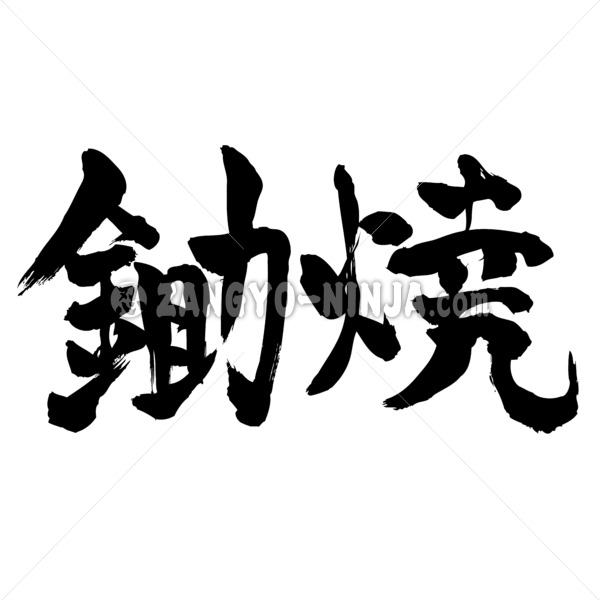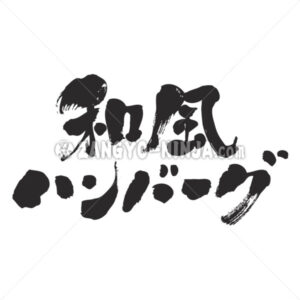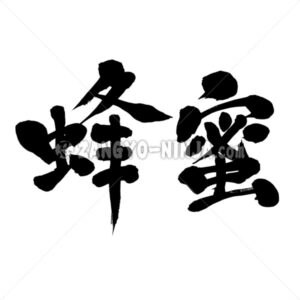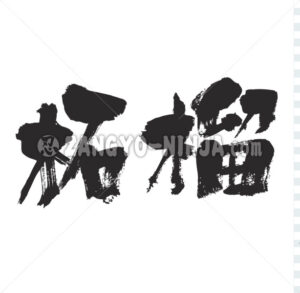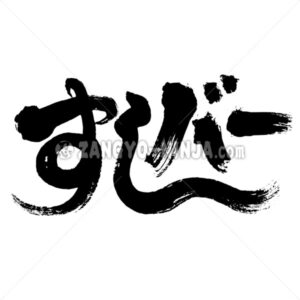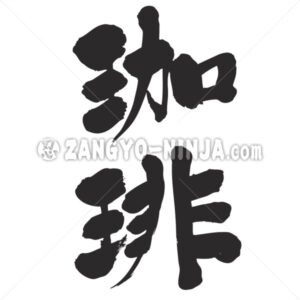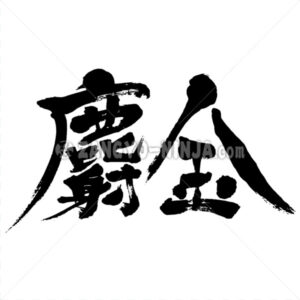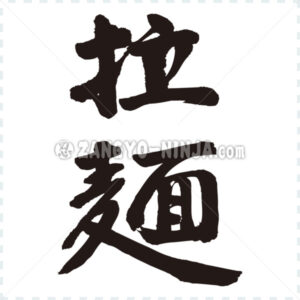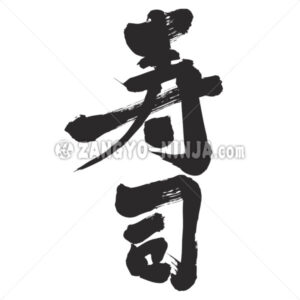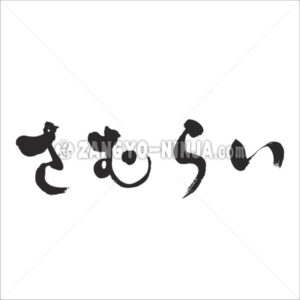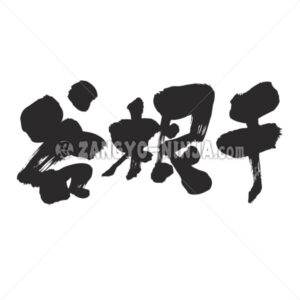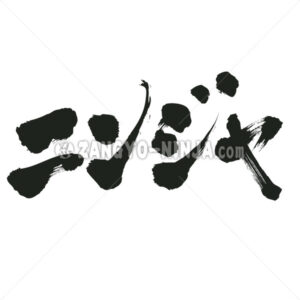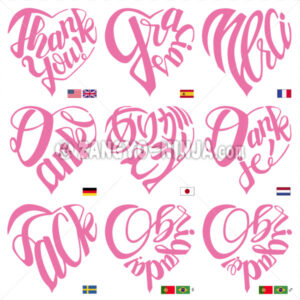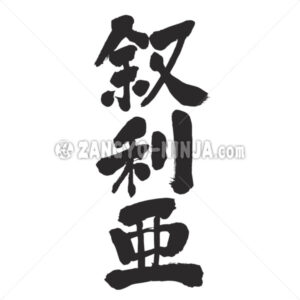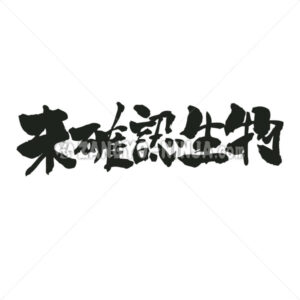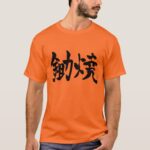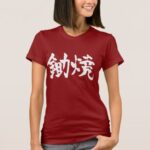Description for “Sukiyaki in Kanji”
Sukiyaki history
One of the hot pot dishes. Beef is mainly used, but there are also chicken plows that use chicken, pork and other meats and fish and shellfish. There is no theory that the meaning of sukiyaki is that plow was used instead of a pot, but the use of used plow is in the 1832 edition of “Whale Meat Seasoning”. .. “Sukiyaki means that old plows are well-rubbed and sharpened and placed on a bonfire, and then cut meat is placed on them and baked. Not limited to plows, ironware is well-rubbed and sharpened. You should use Naru. ” However, the store that opened in Yokohama during the Bunkyu year (1861-64) and the store that first appeared in Edo during the Keio year (1865-68) are both beef hot pot shops and sukiyaki shops. do not have.
In the Meiji era, there were many beef pot shops, and in 1878 (Meiji 11), about 300 beef pot shops were named, but no sukiyaki shop was found. At each store, charcoal was put in the stove and used as a heat source, and the beef was boiled by pouring the warishita using an iron pan.
From the end of the Edo period to the middle of the Taisho era, it started with a beef pot shop, then the word beef shop was used to mean a high-class shop at that time, and the beef cooking shop was used as a special shop. You can see some of them. In the middle of the Taisho era, the name of the beef pot shop changed to sukiyaki shop at a tremendous speed after the sukiyaki shop began to be used as a high-class shop comparable to a beef shop.
about Sukiyaki
There are differences in how to make sukiyaki between Kanto and Kansai. In the Kanto region, make warishita and thinly divided warishita for broth, pour the warishita into a pan, heat it, and immediately add the meat and boil it quickly to eat. As mentioned above, the only vegetables are sliced green onions. In the Kanto region, in addition to green onions, shirataki noodles, garland chrysanthemums, tofu, and fu were added from the middle of the Taisho era, which is also the Kansai style of sukiyaki. There are several methods in Kansai, but first heat the pot, stir-fry it with beef fat, add beef first, sprinkle sugar on it, and soy sauce where the sugar has melted and soaked in the meat. The basic form is to pour and add green onions. In the Meiji era, sukiyaki was not used with beaten eggs. Today’s sukiyaki uses a lot of ingredients such as vegetables.
Originally, sukiyaki is mainly beef, but pork and chicken are also sukiyaki. In that case, it is called pork plow or chicken plow. This is mainly done by boiling in the Kanto style. In addition, in the Kansai region, Uosuki is a hot pot dish in which fish fillets are boiled in a lightly-flavored broth.


